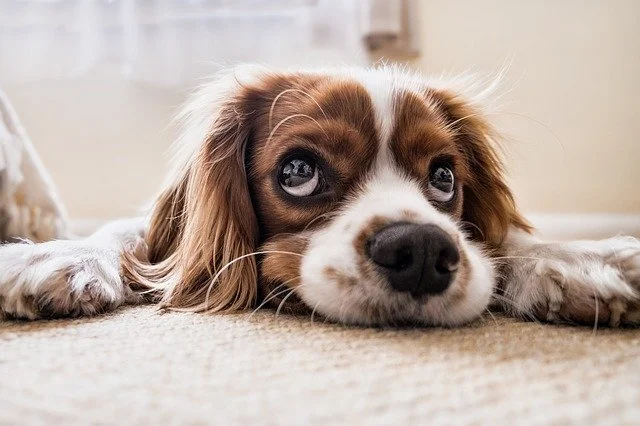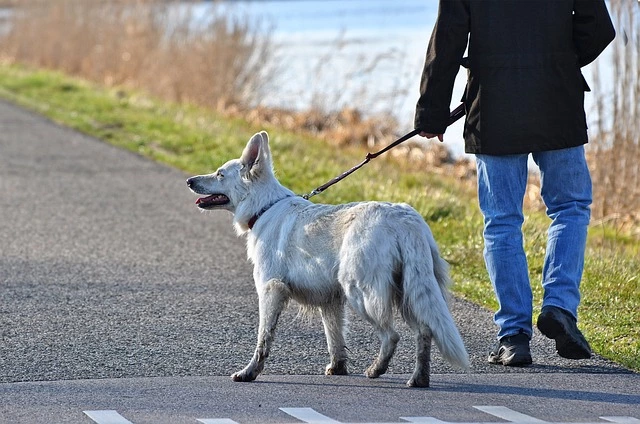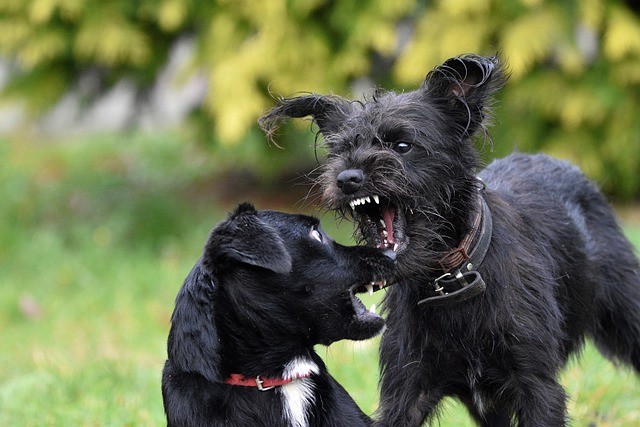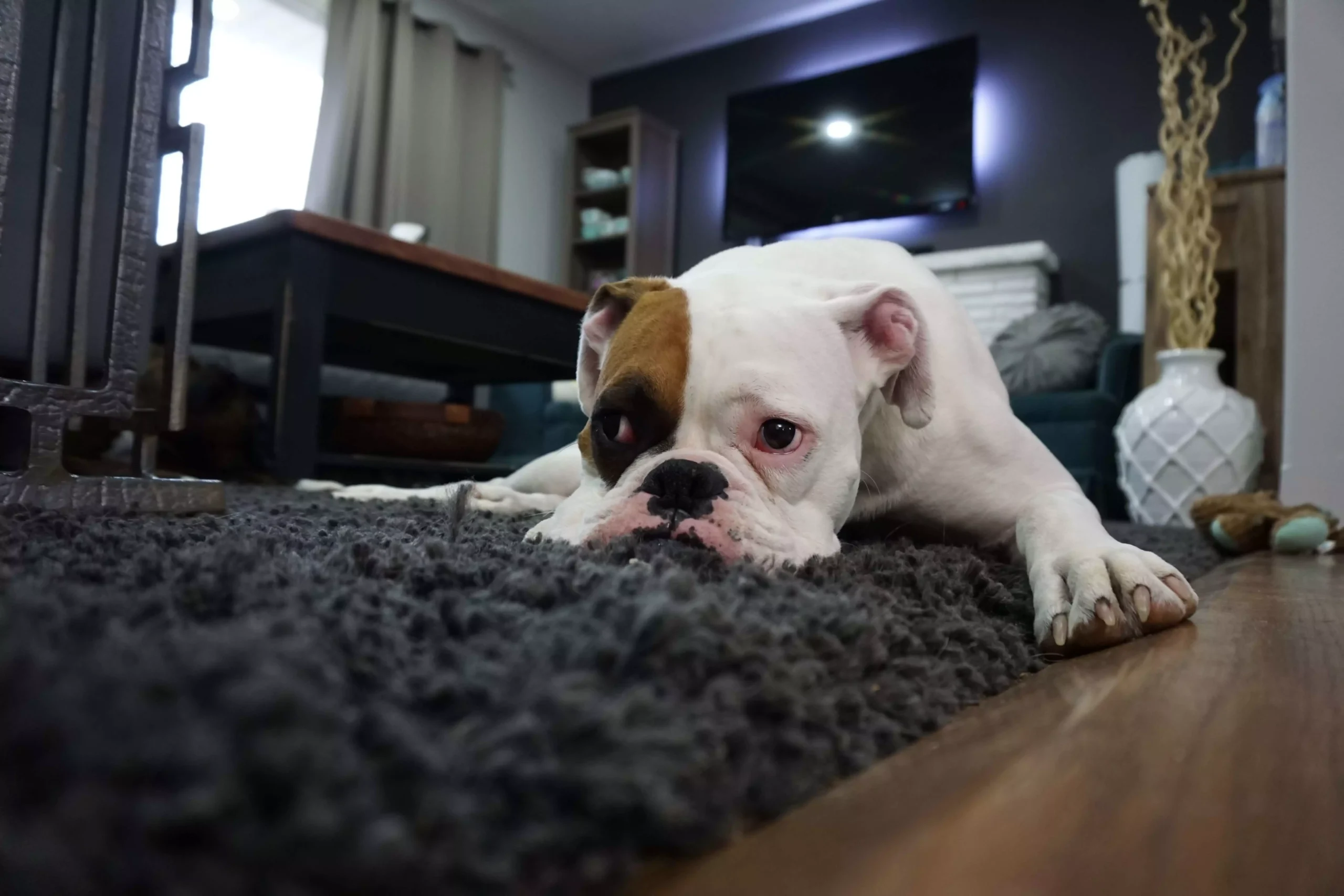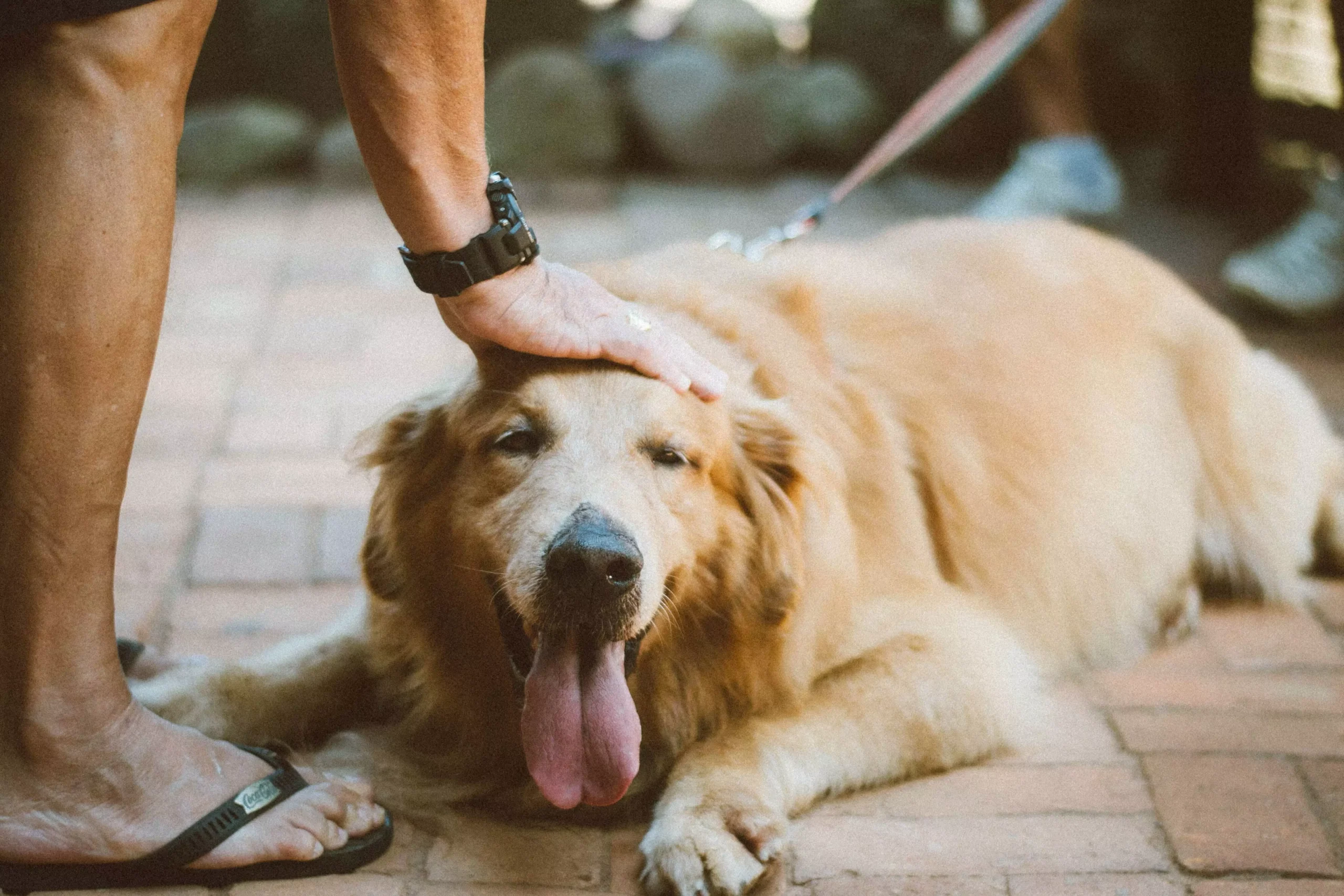Introduction:
Keeping your dog’s coat clean and healthy is not only essential for their overall well-being but also contributes to their appearance and comfort. A shiny and well-groomed coat not only makes your furry friend look good but also indicates their overall health. In this ultimate guide, we will explore effective tips and techniques to maintain a clean and healthy coat for your dog.
Understanding Your Dog’s Coat and Its Unique Needs
1. Identifying your dog’s coat type:
– Short-haired breeds
– Medium-haired breeds
– Long-haired breeds
– Double-coated breeds
2. Coat care requirements for different coat types:
– Brushing frequency
– Bathing frequency
– Special grooming considerations
Essential Tools and Products for Coat Maintenance
1. Choosing the right brush:
– Bristle brushes
– Slicker brushes
– Pin brushes
– Undercoat rakes
2. Selecting appropriate shampoos and conditioners:
– Hypoallergenic options
– Natural and organic choices
– Medicated shampoos for specific conditions
3. Additional grooming tools:
– Combs
– Dematting tools
– Nail clippers
– Ear cleaners
Establishing a Regular Grooming Routine
1. Brushing your dog’s coat:
– Removing loose hair
– Preventing matting and tangling
– Stimulating the skin and promoting blood circulation
2. Bathing your dog:
– Choosing the right water temperature
– Using appropriate shampoos and conditioners
– Drying techniques and avoiding moisture-related issues
3. Trimming and maintaining nails:
– Appropriate nail length
– Techniques for safe trimming
– Importance of regular nail maintenance
4. Caring for your dog’s ears:
– Cleaning techniques and frequency
– Identifying and handling ear infections
– Preventing ear problems
Common Coat Issues and How to Address Them
1. Shedding:
– Understanding normal shedding patterns
– Reducing excessive shedding
– Tips for managing shedding in double-coated breeds
2. Matting and tangling:
– Causes and prevention methods
– Techniques for removing mats and tangles
– Regular brushing to prevent future matting
3. Skin conditions:
– Identifying common skin issues
– Treating allergies and sensitivities
– Consulting a veterinarian for severe conditions
FAQs (Frequently Asked Questions)
1. How often should I brush my dog’s coat?
2. Can I use human shampoo on my dog?
3. How often should I bathe my dog?
4. Are there any specific grooming techniques for long-haired breeds?
5. My dog has sensitive skin. What type of shampoo should I use?
6. How do I prevent my dog from getting ear infections?
7. What can I do to reduce shedding in my dog?
8. My dog’s coat is frequently matted. How can I prevent this?
9. Can I trim my dog’s nails at home, or should I visit a professional?
10. How do I know if my dog has a skin condition that requires veterinary attention?
Conclusion:
Maintaining a clean and healthy coat for your beloved canine companion is a crucial aspect of responsible pet ownership. By understanding your dog’s coat type, providing them with the right tools and products, establishing a regular grooming routine, and addressing common coat issues promptly, you can ensure your dog’s coat stays shiny, healthy, and beautiful. Remember to consult your veterinarian for any specific concerns or questions regarding your dog’s coat and overall health.


